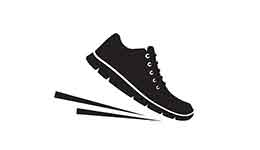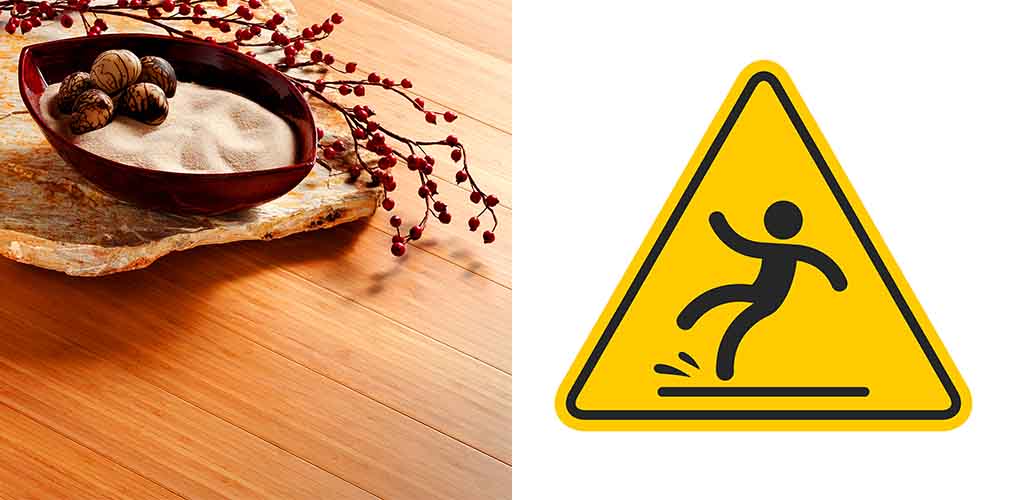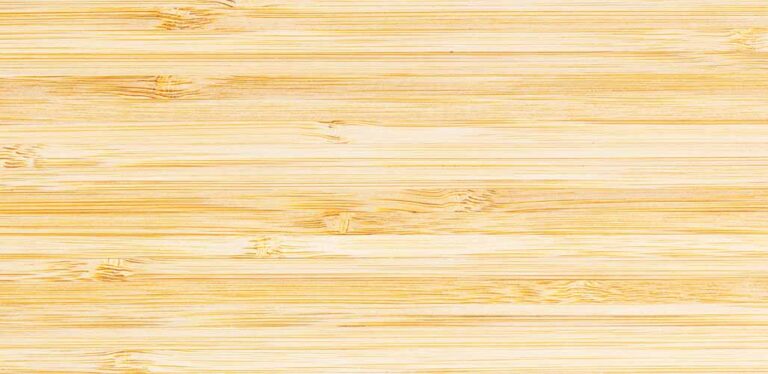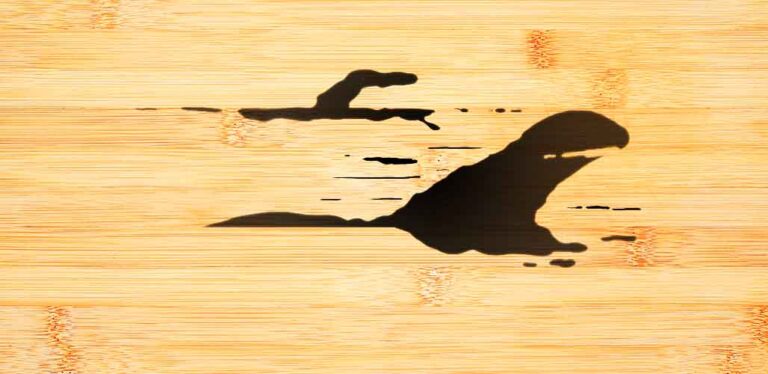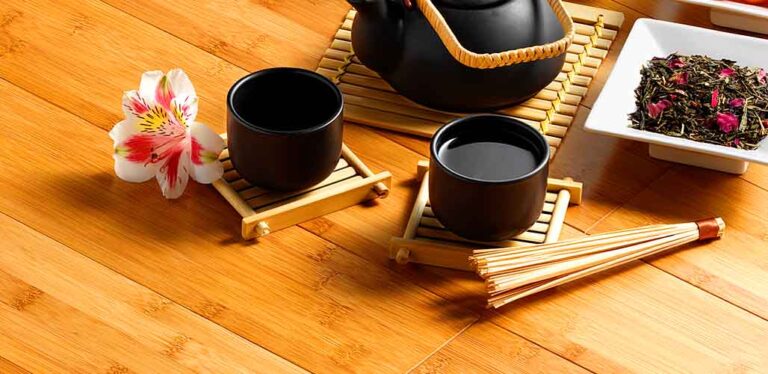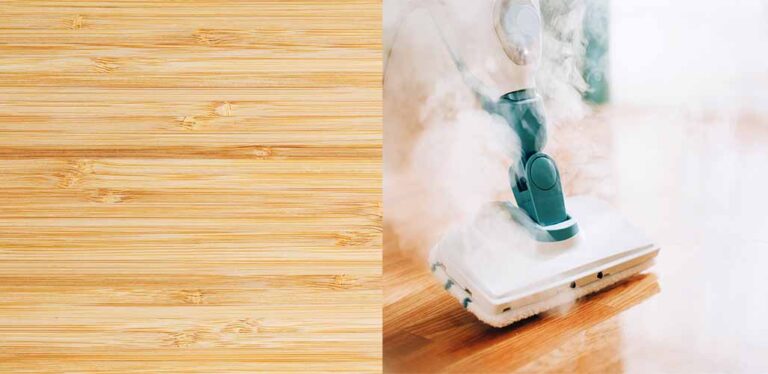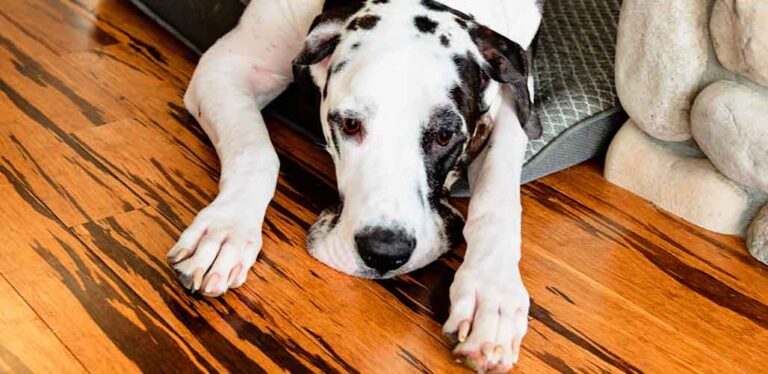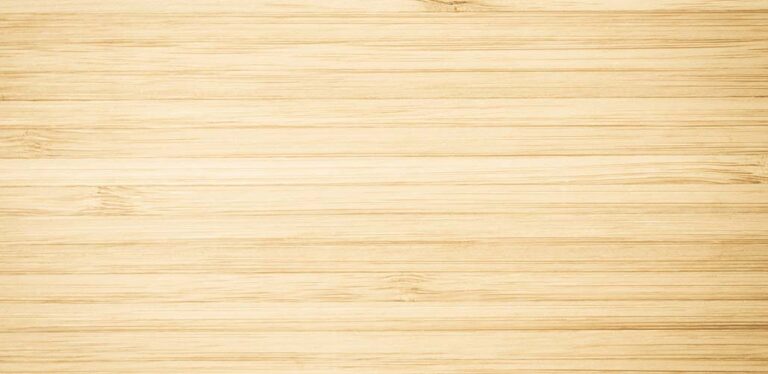Why Is My Bamboo Flooring So Slippery?
Why is my bamboo flooring so slippery? Me, my partner and my dog all sometimes struggle to keep our footing on our new bamboo floor. Eventually we worked out that the culprit was a common household product which has nothing to do with floors. But in the process I’ve discovered that lots of cleaning solutions and floor treatments can actually make bamboo floors too slippery when used incorrectly too.
Contents
- Why is my bamboo flooring so slippery?
- Reasons why bamboo flooring gets slippery
- Why is my bamboo flooring so slippery in the kitchen?
- Fixing a slippery bamboo floor
- How to properly take care of bamboo flooring
- How often should you clean your bamboo floor?
- When do bamboo floors need resealing?
Why is my bamboo flooring so slippery?
Bamboo flooring is increasing in popularity. Not only is it environmentally sustainable, but it is also budget-friendly, durable and easy to maintain. As with all things however, I have discovered a couple of downfalls to bamboo flooring. One of them being the fact that bamboo is easily made extremely slippery when I’m walking about in socks.
If you’ve come to this article, then you, too, are probably experiencing slippery bamboo flooring. But luckily for you (and me), it is likely to be an easy fix. Here’s exactly what makes bamboo flooring slippery and some ways to prevent it becoming a nuisance.
Reasons why bamboo flooring gets slippery
The main reasons as to why your bamboo flooring may be slippery are:
- inappropriate use of sealant or lacquer
- applying an unsuitable floor cleaner
- oil splashes from cooking
- other miscellaneous spills
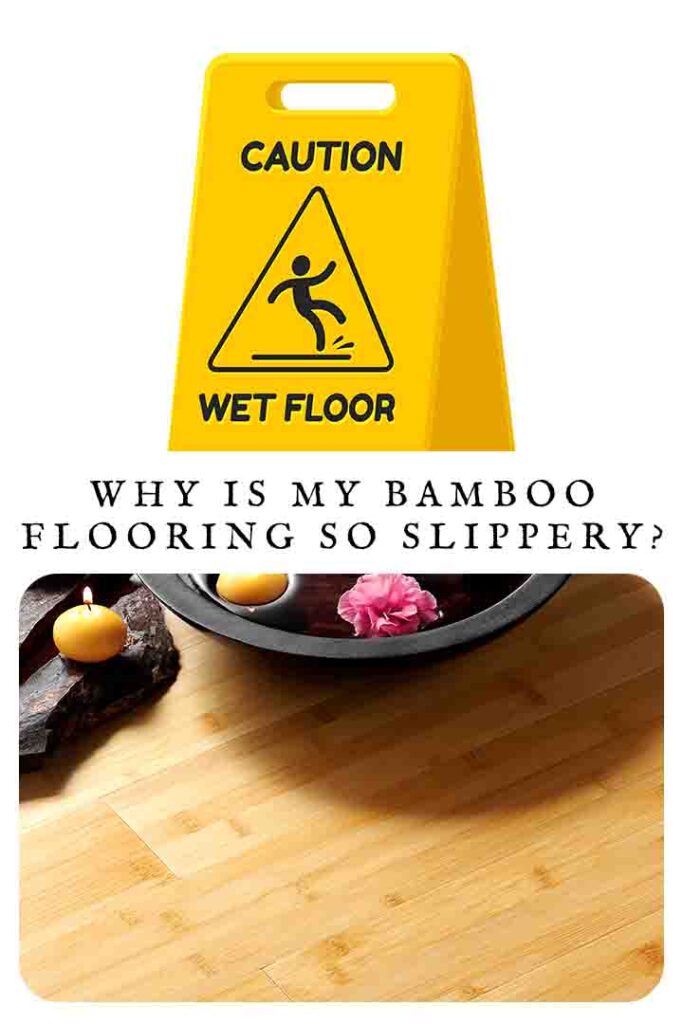
Inappropriate use of sealant or lacquer
Bamboo flooring is sold finished, or unfinished. Finished flooring has already been coated with several thin layers of lacquer at the end of the manufacturing process, to make them attractive and durable. Unfinished flooring is essentially raw bamboo which has only been cut to shape. It still needs sanding, sealing and lacquering after installation. Applying sealants or lacquers to new ready-finished bamboo flooring can make it excessively smooth and slippery. In addition, applying the same products inexpertly to unfinished flooring can have the same result.
Applying an unsuitable floor cleaner
Some cleaning products we use around the home can also make bamboo floors slippery. For example aerosol furniture polishes containing oils or wax can make floors slippery if some of the spray lands there instead of where it was intended. Even some floor cleaning solutions can all leave a slippery residue on the surface of your flooring if they are not used correctly.
Oil splashes from cooking
The short term result of cooking oils splattering onto your bamboo floor can be to make it slippery too. This is true of a surprisingly wide radius around your hob, especially if you’re not diligent about turning the extractor fan on. So if it’s specifically the floor in your kitchen which is causing your socks to slide around, then this is a likely culprit.
Other miscellaneous spills
It turns out that how I turned my kitchen floor into something more resembling an ice rink was by spraying our outdoor coats and boots with waterproofing spray in there, ready for winter. All the product which didn’t hit the coats and boots drifted onto the floor instead, and created an ultra low-friction film which made it almost impossible to walk on.
Fixing a slippery bamboo floor
Of these causes, only inappropriate use of sealant or lacquer is really tricky to fix. If you have used a polyurethane sealant or other glazing product on your floor and now it is too slippery, ask an experienced floor installer for advice on the best way to remedy the situation.
All the other causes of slipperiness can be fixed in the usual course of caring for your floor.
How to properly take care of bamboo flooring
Bamboo flooring is fairly easy to maintain, and all of the reasons for slipperiness above, with the exception of misapplied lacquer, can be controlled by regular cleaning. Cleaning removes the residues from cooking (or polishing, or waterproofing coats) before dust can get ground in and make a sticky gray layer that ruins the look of your floor.
So if you want your floor to remain in its best condition, as well as being as non-slippery as possible, you should follow these next steps.
1. Remove dust and dirt
The first step to cleaning any type of floor, including bamboo, is to remove any dust or dirt that is lying on the surface. To do this, you can sweep, vacuum, or dry mop, whichever works best for you and the tools you have at home.
2. Use a PH-neutral wood floor cleaning spray
Get rid of any oils, waxes, or polishes that you have been using previously, and instead clean your floors with a PH-neutral wood floor cleaning spray and a microfiber mop. The cleaning spray will help to remove any dirt buildup while also keeping your floor looking and feeling its best.
3. Wipe away spills
Being left wet damages bamboo flooring, so it’s best to wipe away any spills as soon as they happen. If water sits on your bamboo flooring, you could experience issues such as staining, warping, or plumping.
How often should you clean your bamboo floor?
Basic cleaning of your bamboo floors can be done as needed, and how often that is depends on your lifestyle, and what you use the room for. High-traffic areas will need a more regular cleaning regime than other areas in the home. Rooms such as your kitchen or hallway, which see a lot of traffic, will more often than not need cleaning daily, with a microfiber mopping once a week.
When do bamboo floors need resealing?
Eventually, the lacquer which protects bamboo floors will get more scratched and damaged than sweeping and mopping alone can reverse. When this happens you’ll need to hire a professional to sand back the lacquer and reapply it. It’s probably not a good idea to attempt this job yourself, since you could damage the floor by not preparing it properly, or sanding too much. Mistakes applying the new lacquer could also result in spoiling the look of your floor, or making it too slippery again.
Summary: Why is my bamboo flooring so slippery?
Bamboo flooring usually gets slippery because of the polish, oils, and wax that homeowners mistakenly put on their floors, or which land on the floor by accident in the course of other activities. As bamboo is extremely easy to maintain, it often only needs a vacuum and a spray down with a PH-neutral wood floor cleaning spray and a microfiber mop to keep it in pristine condition for years to come.
